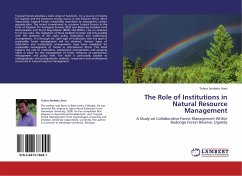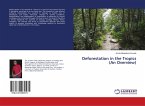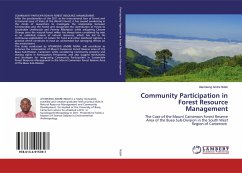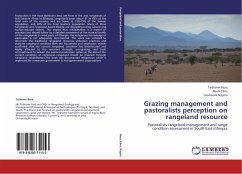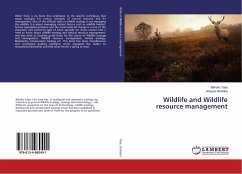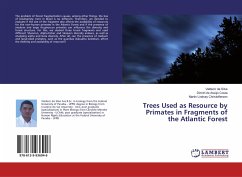Tropical Forests provides a wide range of functions. It is a source of income for majority and the dominant energy source in Sub-Saharan Africa. More importantly, tropical forests remarkably contribute to atmospheric carbon sequestration. The recent commitment to conserve tropical forests in the form of Payment for Ecological Services (PES) and Reducing Emission from Deforestation and forest Degradation (REDD and REDD+) are an evidence for its key roles. The realization of these multiple function will only possible with the presence of the right policy, institutions and institutional arrangements. It is through the right type of institutions that the goal of sustainable forest management will be attained. Various types of institutions and institutional arrangements have been employed for sustainable management of forests in Sub-Saharan Africa. This book explains the role of institutions, institutional arrangements and property rights in place for the management of forest resources at operational, management and policy level. The book is particularly suitable to undergraduate and post-graduate students, researchers and professionals concerned in natural resource management.
Bitte wählen Sie Ihr Anliegen aus.
Rechnungen
Retourenschein anfordern
Bestellstatus
Storno

